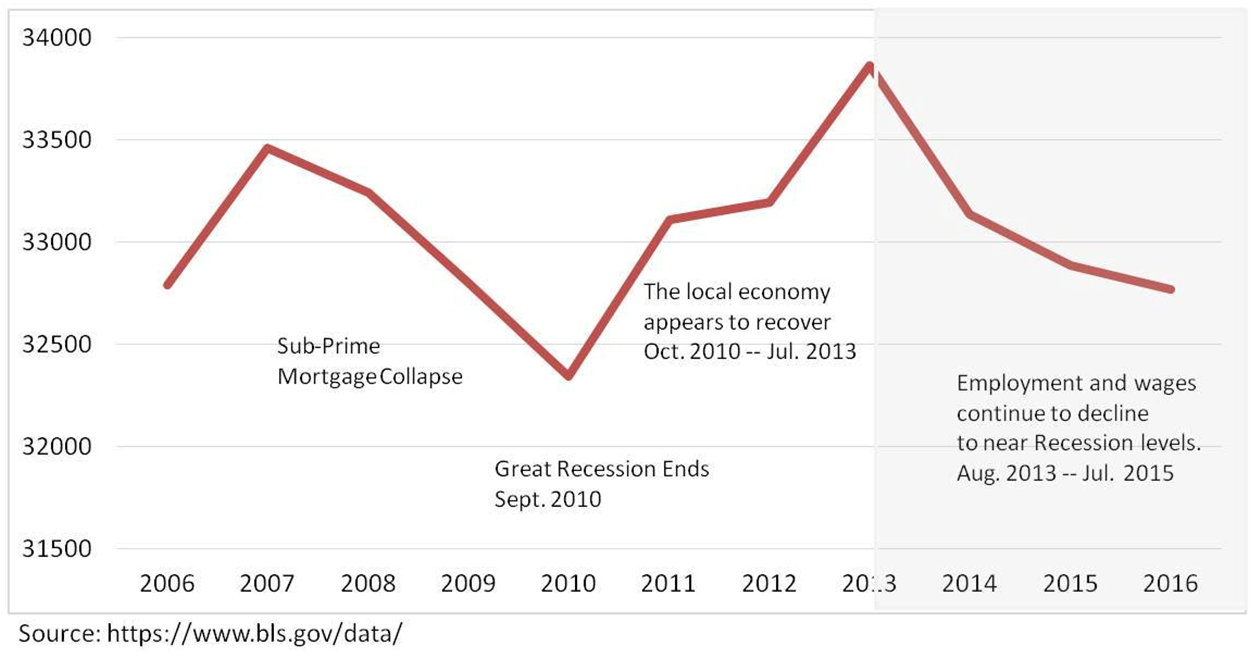By Adam Pagnucco.
The Washington Post has posted an employment ad seeking a successor to recently departed MoCo beat reporter Bill Turque. We will have much more to say about Turque soon, but for now, we re-post the ad itself. (Andrew Metcalf, do you see this?)
*****
The Washington Post’s Metro desk is looking for a reporter to cover government and politics in Montgomery County, Maryland’s largest and perhaps most powerful jurisdiction.
This is a crucial role, as our digital and print readers crave local news. We are looking for a reporter who can provide strong and authoritative coverage of county government and elections, which are unfolding in a new era of term limits and public campaign financing. As the Metro desk continues to try to redefine local news coverage, we are looking for someone who can spot trends in Montgomery and tell readers across the nation why what’s happening in Montgomery has resonance for them. Similarly, the successful candidate will be able to explain how national issues have real-world consequences right here in Montgomery County.
Covering Montgomery County is a great opportunity to write about issues facing 21st-century suburbs, including immigration, the growing importance of mass transit and the challenges posed by aging neighborhoods and infrastructure. It’s also a great place for accountability reporting, with a budget of $5.4 billion and thousands of employees. In addition, there are nearly a million people who live in Montgomery County, and there are human stories to tell.
We are looking for a reporter who can be a collaborative part of our Maryland politics team by helping to cover the upcoming governor’s race and Congressional mid-terms.
If you are interested, please contact Debbi Wilgoren (debbi.wilgoren@washpost.com) Monica Norton (monica.norton@washpost.com), Mike Semel (mike.semel@washpost.com) or Tracy Grant (tracy.grant@washpost.com) no later than Aug. 11.






